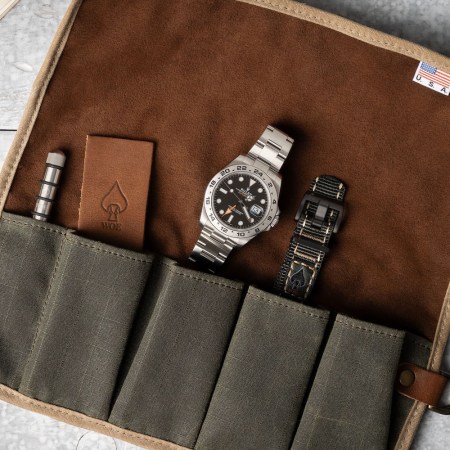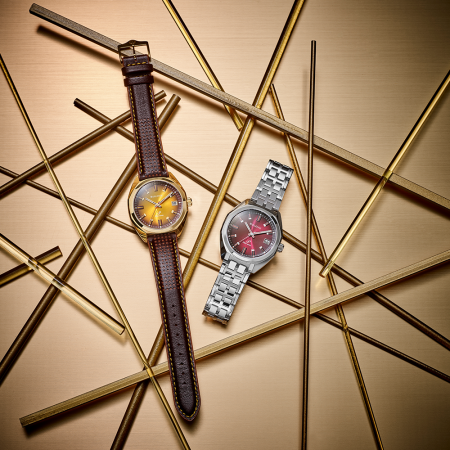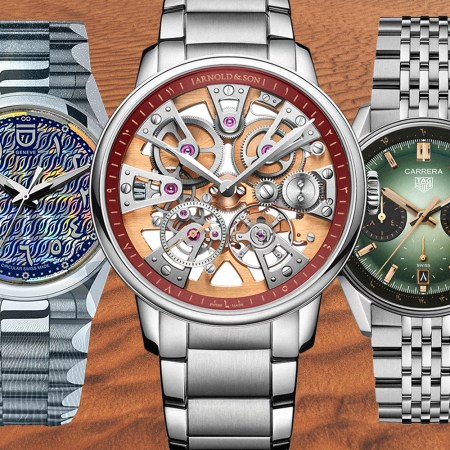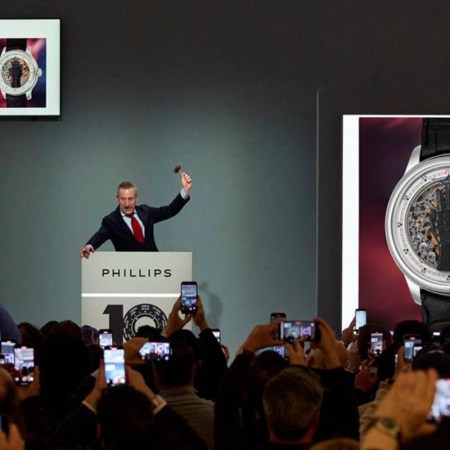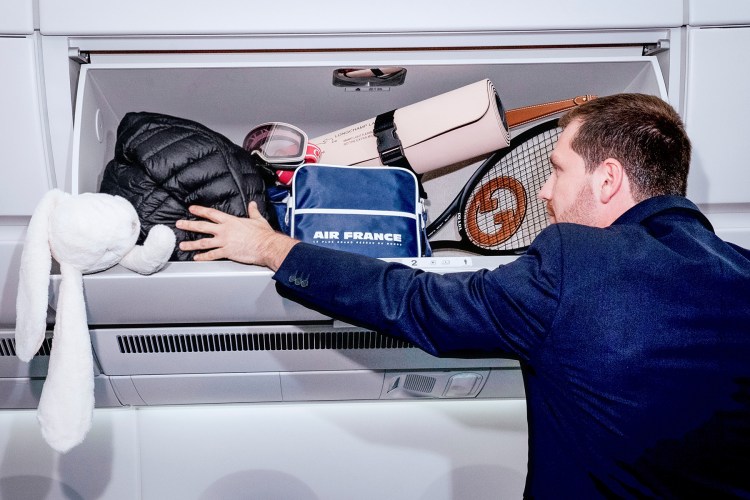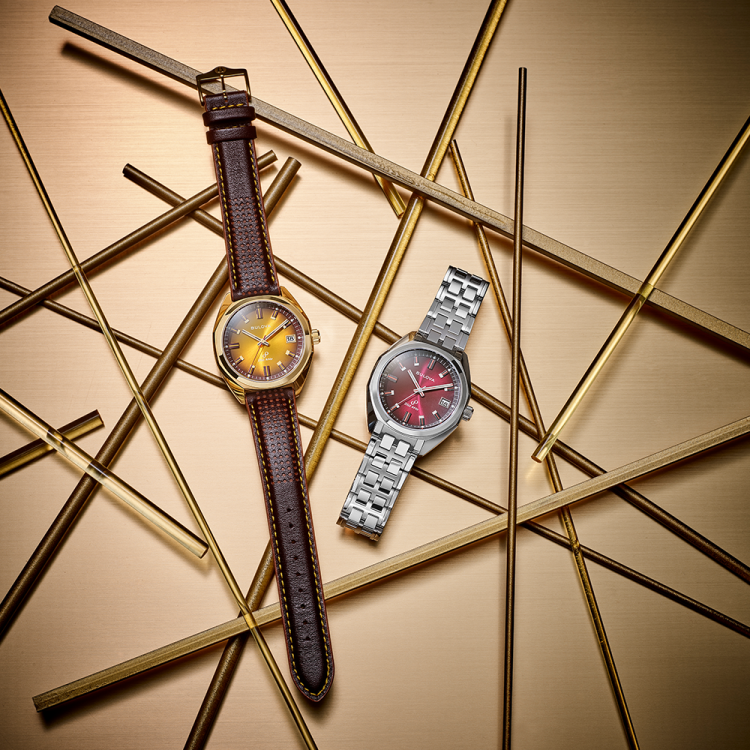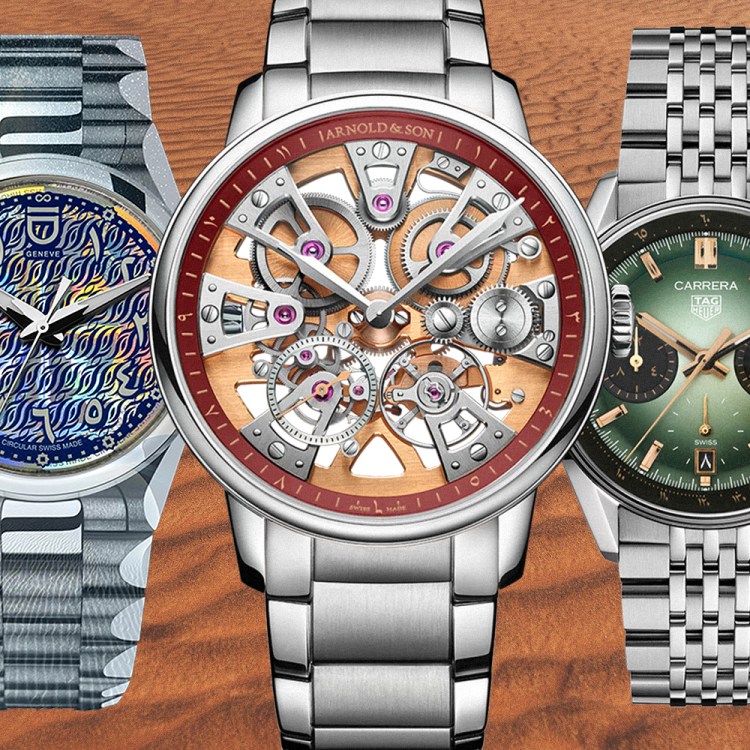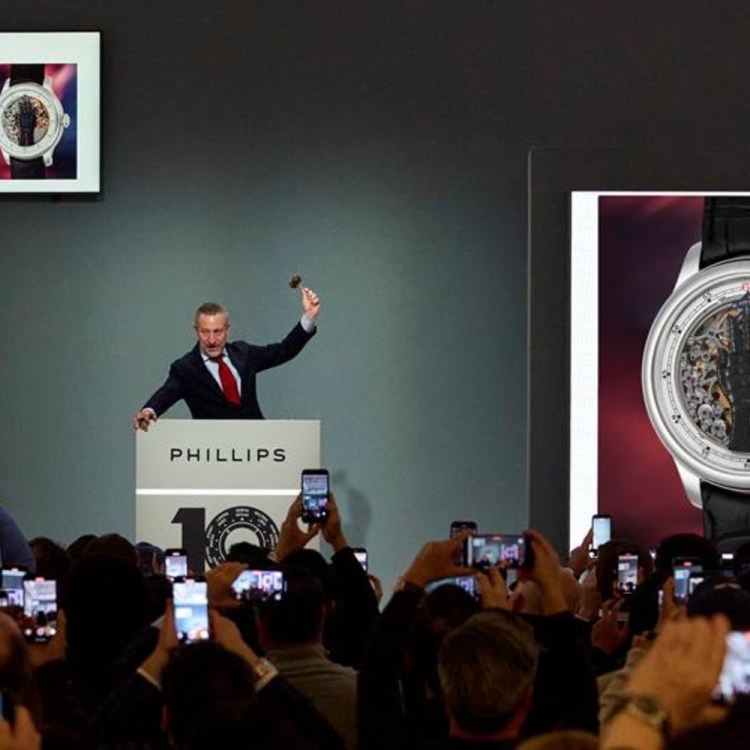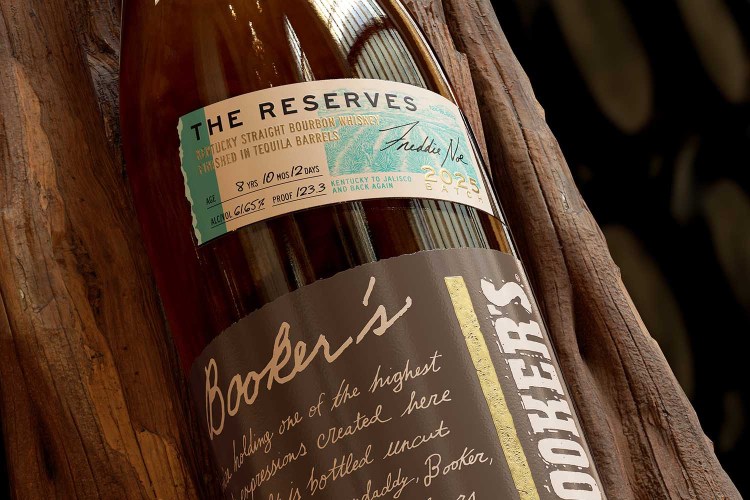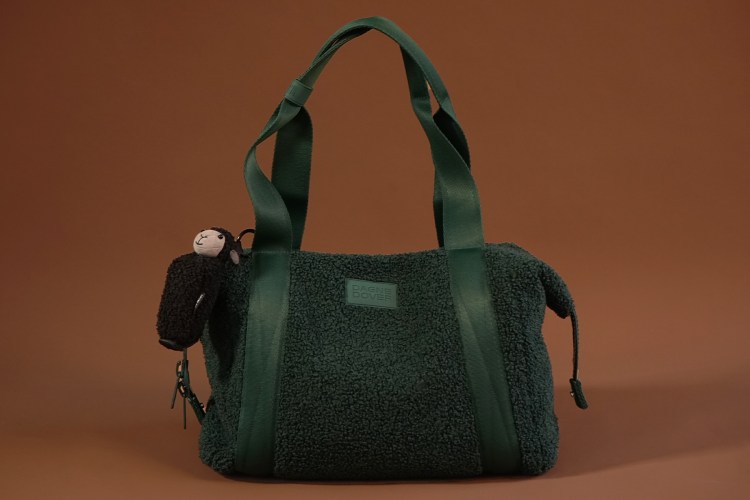I have been writing about watches long enough that I am rarely caught off guard. (A milestone, to be sure.) So when a publicist friend asked if I would sit down with the proprietor of a recently resuscitated American watch brand, I agreed — largely because this is an excellent publicist with extremely good taste — but inwardly, I was skeptical. I am tired of resuscitated brands in the same way that I am tired of Marvel movies. I crave something new.
But I was pleasantly surprised when I opened the press release, and even more surprised when I sat down with John Warren, principal at Cornell Watch Company. Cornell, established in Chicago in the 1870s, was a pocket watch manufacturer that didn’t last long. However, its handsome enamel-dialed wares served as the basis for a wristwatch that Warren produced with the help of RGM, perhaps the best known of modern American watch manufacturers. Called the 1870 CE (Classic Enamel), it transferred the look of a vintage 19th-century Cornell pocket watch to the wrist to splendid effect. However, this didn’t present a particularly scalable business model — Roland G. Murphy does, after all, have his own business to run, and craftsmanship and assembly of the 1870 CE takes ample time.
Cornell Watch Company’s second venture — called the Lozier — is a serious departure from the 1870 CE in everything but the most important aspect: quality. Because where the brand’s first piece was a modern take on a pocket watch from the railroad era, the Lozier (the moniker comes from John’s wife and business partner Chrissy’s family) is inspired by a timepiece from Warren’s grandparents’ era — and one that vintage-watch nerds happen to adore. Taking cues from mid-century Patek Philippe wristwatches such as the ref. 96, the Lozier combines American and Swiss manufacturing to excellent effect. Better yet, though still time-consuming to produce, it doesn’t necessitate baking enamel in an oven.
Don’t get me wrong, the Lozier is far from a note-for-note copy of a vintage Patek. Moreover, Warren’s company is insistent upon doing as much of the manufacturing in the U.S. as possible, as well as being transparent about the full supply chain. While this means that the watch isn’t necessarily crafted “in-house” the way it would be by a vertically-integrated company — of which there are precious few in the biz — it does result in a stellar product built entirely by specialists.

The Lozier features a 37.4mm wide x 8.5mm tall stainless steel three-piece case with matte-brushed sides and top and circular-brushed caseback that is manufactured on Kern 5-axis CNC machines by Swiss-trained technicians at Hour Precision in Columbus, OH. (This is the same machine used by numerous high-end brands such as IWC, and is almost laughably expensive to operate.) Featuring wide-set 22mm lugs, a signed crown and a box-shaped sapphire crystal, it’s a beautiful silhouette that immediately reminds one of a vintage Calatrava.
The same goes for the industrial-inspired dial. Milled from a single block of German silver, it features a dynamic, three-tiered design that draws the eye inward. On the outer layer is a chapter ring with rectangular and trapezoidal minute indications; next is a section featuring “Chicago Roman” numerals specially designed for the watch and inspired by the city’s Art Deco buildings; finally, there’s an inner frosted section with polished edges from which the German silver “Cornell Leaf” handset appears. Diamond-cut and pad-printed in black ink — except for the “Cornell Watch Co Chicago” wordmark, which is laser-etched — the net result is a beautiful, legible design that offers visual interest without overcrowding.
Intrigued by the Cornell Leaf handset? Horizontally brushed using diamond-tipped tools, the hour and minute hands match the steel case in texture and provide contrast to the silver dial, aiding in legibility. The central seconds hand, moreover, evokes Cornell’s signature fleur-de-lis in the counterweight, providing a bit of subtle visual interest. The American-made theme extends to the strap, a dark taupe nubuck model with a Cornell-signed steel buckle made by Veblenist in Chicago.
With the exception of the Japanese-made sapphire crystal, the other area in which the largely American-manufactured watch utilizes a foreign-made component is in the movement. Rather than go down the fruitless path of trying to instigate jewel and hairspring manufacturing in the U.S., Warren chose the Swiss-made Sellita SW300-1 b hand-wound movement to power the Lozier. Clocking in at just 3.6mm thick, the “Elaboré” version is adjusted in three positions for precision and is regulated within the watch by CW21 and WOSTEP-trained watchmakers Justin Harrell and Sergio Berrios of the Watchmaker’s Shop in Asheville, NC. Protecting the movement is a curved, solid caseback of the type familiar to vintage Patek aficionados that’s perfect for engraving.

At $6,200, the Lozier (50% deposit due upon order, 50% due prior to delivery) certainly faces steep competition. Those used to the “microbrand” label who expect more affordable pricing from smaller companies are in for some sticker shock, and those who are familiar with the broader watch market will no doubt brandish their pitchforks at the prospect of a still-new company charging such prices. However, when one considers the factors that make the Lozier special, the $6,200 sticker price begins to make more sense. Merely operating a Kern 5-axis CNC machine costs a couple hundred bucks per hour; add in materials and training, and you’re looking at a relatively expensive case and dial that can compete with parts from a high-end Swiss brand. When you add in the cost of American labor, it’s little surprise that the Lozier costs what it does.
Whether such a watch is “worth” the relatively high asking price is, of course, a subjective and personal question. Having seen it in person, I can attest to the fact that it’s a beautiful design that subtly blends Swiss casework with a dial inspired by Chicagoan architecture — a pretty neat pairing, if you ask me. And if it wasn’t powered by a quality Swiss-made movement, it’d either be powered by a cheap Japanese or Chinese one (no thank you); a super high-end (and expensive) Swiss-made one; or some kind of new American movement that costs a fortune to develop (again, no thank you). Could Cornell Watch Company have commissioned something like Raúl Pagès’s M660, a hand-wound design found in a Massena LAB collab watch? Possibly — but, quite literally, at what cost? The casework and finishing on the Lozier command a significant enough premium on their own.
Each collector must ultimately make his or her own decision regarding value. While it’s easy to dismiss a new brand charging big money for a time-only watch, we’re talking about an extremely considered product that offers old-world charm with modern proportions and design language backed with quality, Swiss-made mechanics — all of which is built by experts. If you ask me, that’s the best of all worlds, and pretty darn tough to argue with.

Cornell Watch Company Lozier
- Diameter: 37.4mm
- Movement: Sellita SW300-1 b hand-wound
- Water Resistance: 50m
This article appeared in an InsideHook newsletter. Sign up for free to get more on travel, wellness, style, drinking, and culture.



